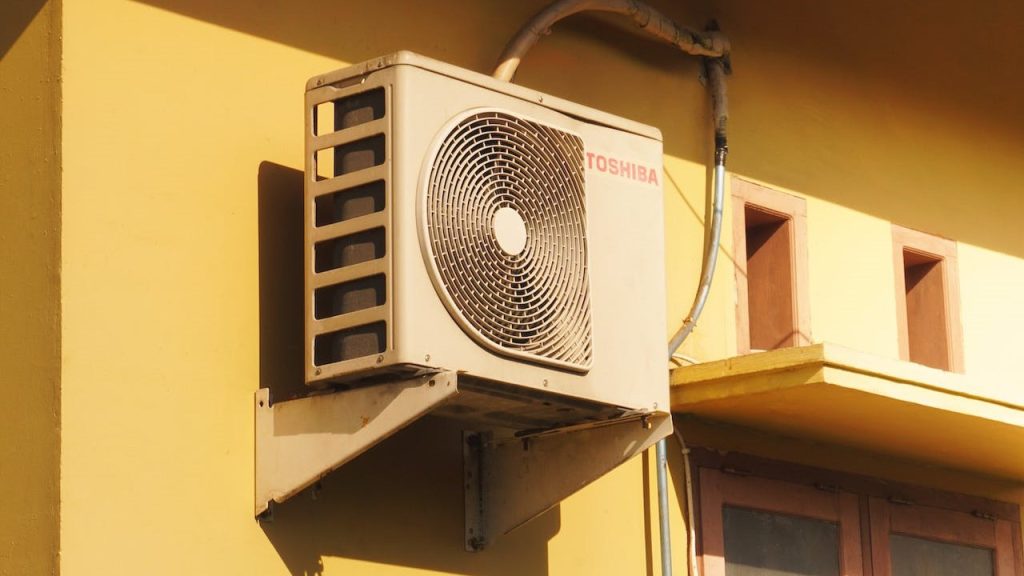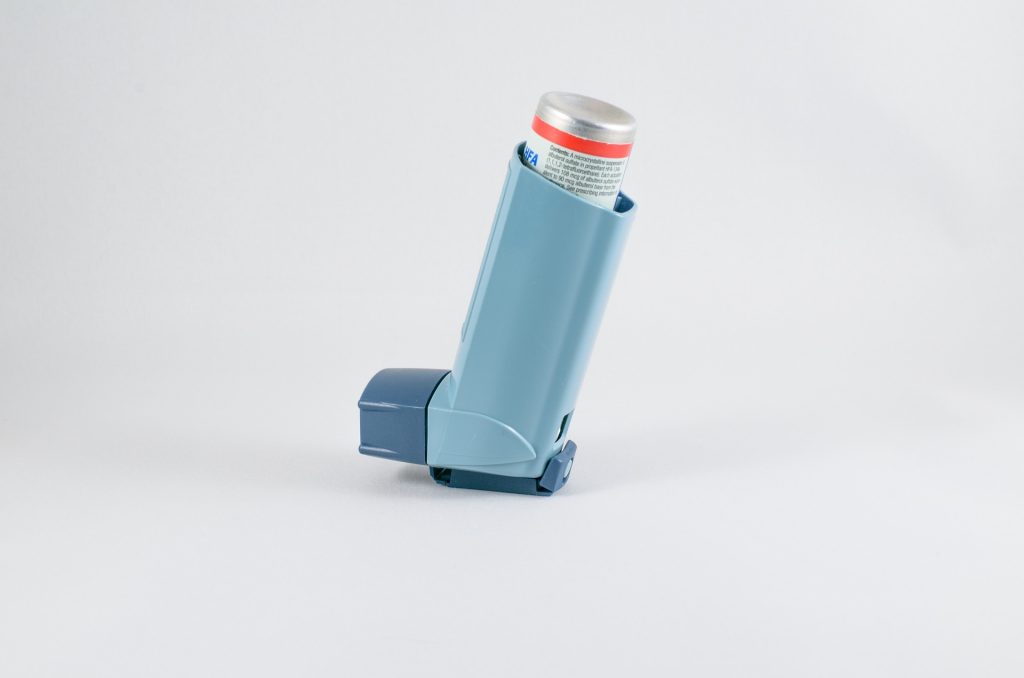Heat Levels That Humans can Tolerate are Lower than Previously Thought

A study from the University of Ottawa’s Human and Environmental Physiology Research Unit (HEPRU) has confirmed that the limits for human thermoregulation – the ability to maintain a stable body temperature in extreme heat – are lower than previously thought.
This research, led by Dr Robert D. Meade, former Senior Postdoctoral Fellow and Dr Glen Kenny, Director of HEPRU and professor of physiology, highlights the urgent need to address the impacts of climate change on human health.
The study, published in the journal PNAS, found that many regions may soon experience heat and humidity levels that exceed the safe limits for human survival. “Our research provided important data supporting recent suggestions that the conditions under which humans can effectively regulate their body temperature are actually much lower than earlier models suggested,” states Kenny. “This is critical information as we face increasing global temperatures.”
Utilizing a widely used technique known as thermal-step protocols, Meade and his team exposed 12 volunteers to various heat and humidity conditions to identify the point at which thermoregulation becomes impossible. What made this study different, was that participants returned to the laboratory for a daylong exposure to conditions just above their estimated limit for thermoregulation. Participants were subjected to extreme conditions, 42°C with 57% humidity, representing a humidex of approximately 62°C. “The results were clear. The participants’ core temperature streamed upwards unabated, and many participants were unable to finish the 9-hour exposure. These data provide the first direct validation of thermal step protocols, which have been used to estimate upper limits for thermoregulation for nearly 50 years”, says Meade.
“Our findings especially timely, given estimated limits for thermoregulation are being increasingly incorporated into large scale climate modelling,” explains Meade. “They also underscore the physiological strain experienced during prolonged exposure to extreme heat, which is becoming more common due to climate change.”
The implications of this research extend beyond academia. As cities prepare for hotter summers, understanding these limits can help guide health policies and public safety measures. “By integrating physiological data with climate models, we hope to better predict and prepare for heat-related health issues,” adds Kenny.
As the world grapples with the realities of climate change, this research aims to spark important conversations about our safety and adaptability in increasingly extreme environments.
Source: University of Ottawa








